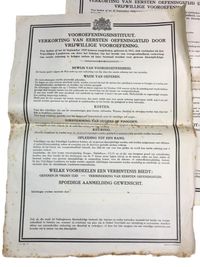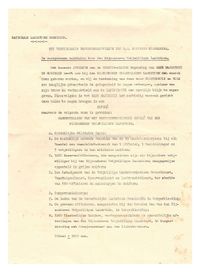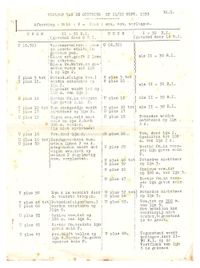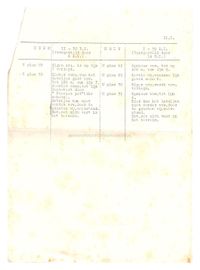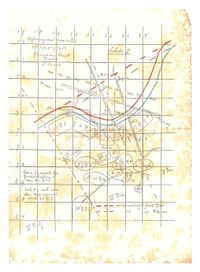Collection of Sergeant van der Hum.
On this page, you will find an extensive legacy of Sergeant G.L. van der Hum. A resident of Dordrecht who fought during May 1940. The legacy mainly consists of photographs from his service in the Dekkingsdetachement Willemsdorp ( Willemsdorp covering detachment ), as well as documents and newspapers from that period. Additionally, there are documents from his service in the Volunteer Landstorm unit which he served in prior to mobilization. Furthermore, you will find his kepi, which was made in Dordrecht, and personal equipment chest. Sergeant van der Hum passed away in 2004.
Sergeant van der Hum is the middle person in the back row. He is wearing his kepi and the distinctive "banana peels" on his uniform, which are rank distinguishing marks for the rank of sergeant. There is a map sticking out of his breast pocket. The photo was taken in Willemsdorp during the mobilization. The identities of the other gentlemen in the photo are unknown.
The text below is based on the combat report of Sergeant G.L. van der Hum from July 1940.
About Sergeant van der Hum.
Goris Leendert van der Hum was born on December 27, 1907. He first served in the Vrijwillige Landstorm, which was intended as a preparatory institution for Dutch military personnel. The Vrijwillige Landstorm's task was to support the regular army and be mobilized during times of war.
Van der Hum joined the Landstorm unit in Breda as a volunteer on January 10, 1924. On May 2, 1927, he was enlisted in the 6th Infantry Regiment as an ordinary conscript (GD) destined for training as a non-commissioned officer. On June 1, he was promoted to corporal, and two months later, on August 1, he attained the rank of Sergeant Titulair. On October 2, 1927, he officially became a Sergeant and was granted extended leave. He went on extended leaves multiple times until he was mobilized on April 11, 1939, in the case of extraordinary external security (B.O.U.V.), and assigned to the Dekkingsdetachement Willemsdorp. ( Covering detachment Willemsdorp ).
The military personnel of this covering detachment were stationed in wooden barracks in the village of Willemsdorp on the Rijksstraatweg. Nearby was the police troop barracks, where military police were stationed responsible for the occupation of the two river bunkers at the bridges and acted as security personnel for the bridges themselves. During the mobilization, the covering detachment was tasked with setting up a defense line south of the Moerdijk bridges, which took several months to complete. Later, concrete shelter bunkers, known as "pyramids," were added. Each unit had its designated position or fortification. In April and May 1940, leaves were regularly canceled, but the positions were not always occupied.. *1
Sergeant van der Hum during the May days of1940.
In the night of May 9th to 10th, 1940, Sergeant van der Hum was sleeping in the barracks of Willemsdorp when he was awakened by passing airplanes. Which in itself was not unusual as German airplanes regularly flew towards England. The anti-aircraft guns at Moerdijk were firing at these airplanes, but this too was customary. Because the flyovers continued for a long time, Sergeant van der Hum decided to get dressed and go to the main road in the direction of the bridge. From there, he had a view of the anti-aircraft guns still firing at the airplanes and saw a plane flying low over Moerdijk and then explosions. Van der Hum ran back to the barracks camp, still not realizing that it was war. There, he encountered the Sergeant Major administrator and some colleagues and shouted that bombs had fallen on Moerdijk. As soon as that happened, a German dive bomber flew over and attacked them. Machine gun fire from the plane hit the Willemsdorp car wrecking yard, and a bomb exploded near a house slightly further away, probably intended for the barracks. Soldiers rushed out of the barracks, half-dressed and panic-stricken. Van der Hum entered the barracks, put on his equipment, grabbed his rifle, and walked back out. Bombs were falling everywhere, and he loaded his rifle. However, there was no one to be seen. After firing his rifle at low-flying airplanes, he understood that he would be better off going to the edge of the village because Willemsdorp was the target of the bombings. Van der Hum ran past the police troop barracks to the Oude Straatweg. (Most of the soldiers from the covering detachment had sought cover in the bunkers and under the viaduct of the main road) *1
Arriving at the dike along the Kil, soldiers from the detachment were lying half-dressed and without weapons and equipment. The German fighter-bombers had disappeared, and it became quiet. Van der Hum, looking at the damage from the bombing, thought it would be quite a task to repair it. Meanwhile, Soldier de Lange joined Van der Hum, who had also come out of the camp with his weapon and equipment but hadn't seen anyone there. From the direction of Dordrecht, aircraft engines were approaching again. There was a shout: "They're dropping pamphlets." However, these were German paratroopers who were coming to occupy the Moerdijk bridges. Van der Hum started shooting at the paratroopers and the airplanes, and a sergeant from the machine gun company of the 28th Infantry Regiment joined him (Sergeant G.J. Eeltink). Together, they fired from that position at Germans appearing on the railway track. In the distance, he saw something moving and called out to the Dutch soldiers at the bottom of the dike to ask if they were Dutch. They shouted back that they were indeed Dutch troops. Shortly after, Soldier Nedermeijer, the machine gunner from Van der Hum's group, joined them. He had retrieved his machine gun with two drums of ammunition from the camp and received orders from Van der Hum to fire at anything that moved. However, he no longer had the chance, and what happened next unfolded rapidly. *1
From the direction of Dordrecht, a small truck approached on the main road, with a German paratrooper standing on the running board. Sergeant van der Hum shot him off, and the truck came to a stop. Five German paratroopers jumped off and took cover in the ditch. Meanwhile, Dutch soldiers who were lying further down the dike pushed forward towards Van der Hum. A section of the 28th Infantry Regiment had established positions at the viaduct on the main road, and Reserve Captain Popelier was among them. From the direction of Dordrecht, a yellow bus drove up. This bus passed by every day to pick up personnel from Brabant for the companies in Dordrecht. However, the bus was now filled with German paratroopers. The bus stopped on the viaduct, and the paratroopers jumped out. At the same time, a large group of paratroopers came running across the level crossing on the railway embankment. Intense rifle and machine gun fire erupted, and Lieutenant Maas of the 28th Infantry Regiment threw a grenade under the bus. Most of the Germans were killed, and there were also casualties. The remaining Germans threw hand grenades over the road and under the viaduct where Reserve Captain Populier was with the men of the 28th Infantry Regiment. Many casualties occurred, including Res. Capt. Populier who got injured and surrendered. This is the last moment van der Hum witnessed. While van der Hum and the fellow soldiers were watching the fight with the bus, they heard shots behind them. Van der Hum received a heavy blow to his lower right leg, causing blood to flow over his shoe. Soldier de Lange shouted, "I've been hit." Soldier Nedermeijer began screaming loudly and the Sergeant (Eeltink) from the 28th Infantry Regiment was later discovered to have been killed instantly. The soldiers were hit by a burst of automatic fire. (The movement van der Hum had seen was not Dutch soldiers but German paratroopers who were now attacking them from behind.) To Nedermeijer, van der Hum said, "We will surrender, maybe then we'll get help," and he started waving a white handkerchief. However, Nedermeijer died a few moments later. Soldier de Lange died in the afternoon, leaving van der Hum as the only survivor of the group. *1
Sergeant van der Hum was captured shortly afterwards by German paratroopers. One of them gave him a makeshift bandage which was applied by other Dutch soldiers. The wounded from both sides were transported under the supervision of the Red Cross to the police troop barracks where a Red Cross flag was waving. Several hours later, the Dutch Artillery began to bombard the bridges and the ramp, and the wounded had to be taken to the air raid shelter. The next morning, Dutch and German soldiers agreed that the wounded should be transported to Dordrecht. Just as two trucks approached, the barracks was hit by four direct hits from the artillery. When it became calm, the wounded were driven towards Dordrecht. Sergeant van der Hum sat next to the driver with a white flag out of the window. Along the Straatweg, fighting was still taking place, and bullets flew past the car several times. The entrances to Dordrecht were barricaded, and both Dutch and German casualties lay along the road. There was a brief stop at Beverwijksplein, and it was reported that the wounded would be transported to the municipal hospital. Van der Hum asked a boy who was watching to warn his wife and tell her that he was okay. The boy did so because van der Hum had just arrived when his wife arrived. *1
What is written above is based on the combat reports of v.d. Hum. These are the personal experiences of Sergeant van der Hum from May 1940. The website of Zuidfront-Holland1940 is used as a source to supplement and rectify where necessary.
The first German aircraft appeared around 04:15, and indeed, fire was exchanged from both sides of the Moerdijk bridges. Positions were not occupied, except for the picket services in and around the bunkers. The response of the troops who were awakened by the continuous fire and the German aircraft was slow. Many were just watching, and dressing in combat gear did not occur to many. At the moment when the paratroopers jumped out of the planes, there were only a few Dutch soldiers who had ammunition to fire back. The movement that Van der Hum saw, initially thought to be Dutch soldiers, were actually German paratroopers from approximately one platoon of the 6th Company of Fallschirmjäger Regiment 1 (6./FJR 1). There were Dutch soldiers from the 2nd section of 1-I-28RI (1st platoon, 1st company of the 28th Infantry Regiment) stationed at Boerderij den Engel, but they were almost immediately captured as they had no ammunition and were completely overwhelmed.
The Germans who appeared on the railway were paratroopers from 5./FJR 1. Sergeant van der Hum, Sergeant Eeltink, Soldier Nedermeijer, and De Lange had the first contact with these paratroopers. Whether Sergeant Eeltink was killed in action here is a point of debate, which we will come to shortly. Meanwhile, the paratroopers from 6./FJR 1. had climbed over the railway embankment, and these were the "Dutch" that Van der Hum saw advancing towards his position.
The first small truck is not mentioned. However, it is mentioned that instead of a yellow bus, a red bus was present. This bus, located near the viaduct where Reserve Captain Populier was positioned with approximately 20 men, was riddled with Dutch bullets. As a result, the bus stopped, and indeed, a Dutch hand grenade was thrown into the bus. Subsequently, German paratroopers, along with the bus driver (a civilian) and two Dutch prisoners of war, got out of the bus after someone from inside the bus called out: "Hören Sie auf, wir ergeben uns" (Stop, we surrender). When the Dutch troops allowed the Germans to disembark, a few Germans broke the windows and threw grenades down. This caused a significant number of Dutch soldiers near the viaduct to be injured. Soon after, they were surrounded, and Reserve Captain Populier decided to surrender.*2
In conclusion regarding Sergeant Eeltink: Zuidfront-Holland1940 states that Sergeant Eeltink ultimately perished in the afternoon due to friendly artillery fire from 23.RA or 25.AA at the barracks camp, and not from the fire of the German paratroopers. The assumption is that Sergeant Van der Hum did not personally witness Sergeant Eeltink's death, as also suggested by his own personal account. It is possible that Sergeant Eeltink was either injured or captured by the German paratroopers and subsequently lost his life in the artillery fire. *3
Soldiers' magazines: From the land of the 14 arches ( Uit het land der 14 bogen) .
A weekly soldiers' magazine for the personnel belonging to the air defense point Willemsdorp and the covering detachment Willemsdorp.
The personnel of the covering detachment often spent long periods of time consecutively in the barracks camp. To alleviate boredom, they had their own soldiers' magazine that was published weekly. The editorial team consisted of 1st Lieutenant A.S. Goldsteen, H.M.H. Schenk, A.S. Lampe, and Reserve 1st Lieutenant C.S. Hornsveld. The magazines covered various topics. Below, you can see them:
Issue number 3 - August 19, 1939.
Issue number 4 - September 2, 1939.
Issue number 5 - September 9, 1939.
Issue number 7 - October 14, 1939.
Issue number 8 - October 28, 1939.
Issue number 9 - November 4, 1939.
Issue number 10 - November 28, 1939.
The Kepi and personal equipment box.
The military headgear of Mr. v.d. Hum and the personal equipment box.
The Dutch non-commissioned officer had two types of headgear, in addition to the helmet. The field cap, known as the veldmuts, was usually worn in the field, as the name implies. On the other hand, the kepi was mostly worn in combination with "Buitenmodel" uniform. ( Private tailored uniform ) This was the formal model of the uniform that Dutch soldiers could purchase themselves. However, Van der Hum's photo shows that the kepi was also worn with the coarse wool field uniform. This particular kepi has several interesting features. It was manufactured by Paulus Tegelaar, a hat and cap maker from Dordrecht who also produced kepis for the Dutch army. The hat maker had his shop at Lombardstraat 15, as indicated by the stamp on the inside. The kepi has two blue piping strips representing the Infantry weapon, as well as the number six on the front. In this case, the number six represents the 6th Infantry Regiment to which Sergeant van der Hum belonged, specifically the Willemsdorp Covering Detachment ( Dekkingsdetachement Willemsdorp ).
The above image shows a personal equipment chest for the Dutch military. These chests were usually placed in the barracks or accommodation behind the bed. Soldiers could store their clothing and equipment in them. Notably, there is a stamp from the mobilization office of the 2nd Bicycle Regiment. Sergeant van der Hum did not serve in this unit. It is possible that this mobilization office provided chests to members of the covering detachment for the barracks camp at Willemsdorp. The poster of "van Gend en Loos - van Doorn" in Dordrecht is also interesting. This was a locomotive shed in Dordrecht near the train station. It is unclear why it is on the chest. It could be that the chest was once transported by this company. It is possible that the chest eventually ended up at the company after the war, and van der Hum later added it to his private collection.
Newspaper article regarding the events in May 1940..
Below you will find another newspaper article related to the events that took place in May 1940 in Dordrecht.
It is about Dr. Nordheim, paratrooper and doctor jumped alongside the German paratroopers and treated the wounded. Van der Hum has kept the newspaper article from Friday, May 10, 1957, which was translated from an article in the German Illustrierte Zeitung dated January 23, 1941. It is possible that Dr. Nordheim treated Sergeant van der Hum at the barracks camp in Willemsdorp.
Impressions of mobilization.
A page from a small newspaper, De Haagsche Post, with enjoyable impressions of mobilization.
The Landstorm paper.
Monthly newspaper "Het Landstormblad," which Sergeant van der Hum was likely still a member of in August 1939. At this time, he was already part of the Willemsdorp Covering Detachment.
The voluntary landstorm period.
Here are all the items from Sergeant van der Hum's landstorm period.
Weapon Instruction Manual for the rifle.
Every Dutch soldier received a weapon instruction manual for their rifle. This booklet was used for instructional purposes and maintenance. What's interesting is that it includes a schematic diagram of the chamber, which is often missing from the booklet.
Below, you can see the contents of the booklet and view an enlarged version of the schematic diagram.
Various documents.
Below you will find various documents from the voluntary landstorm period prior to mobilization. Click on the images to enlarge them.
Below you can find blank contract agreements for participation in the Voluntary Landstorm. The contract terms and additional provisions are written within. That is what the Dutch citizen had to sign to become a member of the Voluntary Landstorm.
Below is another blank contract agreement for the Voluntary Landstorm (preparatory training institute).
Posters.
Below are two posters of the Voluntary Landstorm.
Above you can see poster intended to recruit personnel for Voluntary Landstorm The posters likely hung all the country. Because Landstormers often received a reduction in their military service obligation by participating in the Voluntary Landstorm, it was attractive to join the Landstorm.
The poster above depicts lineup for the parade in honor of the 40 anniversary of the reign of Majesty Queen Wilhelmina. The documents below (likely daily order) are associated with it.
Daily Order for the Government Jubilee.
The daily order accompanying the poster for the parade in honor of the 40th anniversary of H.M. Queen Wilhelmina's reign.
Course of exercise.
Below is the course of an exercise on September 21 and 22, 1933.
Above is a report on the course of a military exercise on September 21 and 22, 1933. The details are noteworthy. The exercise appears to have taken place in the vicinity of Gilze-Rijen. Both infantry units and artillery units participated in the exercise.
You have now seen the complete legacy of Sergeant G.L. van der Hum. Have you noticed anything that you would like to know more about? Or do have any items that are linked to Sergeant van der Hum? I would be glad to hear about it. Please feel free to contact us using the contact form or by sending an email directly to: info@dordrechtindeoorlog.nl.
Finally, I would like to ask you to take a moment to remember the victims of the Willemsdorp covering detachment. A monument for them still stands today next to the building that used to be the police troop barracks. The photo of the monument was taken in January 2019. Sergeant van der Hum used to attend these commemorations annually. *4
The address of the monument: Rijksstraatweg 195 - 3316 EG Dordrecht.
©2017-2024 :Https://www.Dordrechtindeoorlog.nl: ( There is a copyright on the content of this website. This content is not to be shared, duplicated or published withouth the explicit permission of the author of this website. If you have any requests you can email to: Info@Dordrechtindeoorlog.nl or look on : www.dordrechtindeoorlog.nl/termsofuseforthecontentonthiswebsite.
*1 Source :Green books series of the 1940-1945 museum in Dordrecht : Dordrecht 1939-1945 Deel 1 : Willemsdorp Report van G.L. van der Hum ( based on his combat report of July 1940.
And : Chapter 9 concepttext june 1999 Willemstads Panorama - Mobilisatie Zuidfront Vesting Holland meidagen 1940 by Douwe J. Leij. also based on the battle report by van der Hum from July 1940.
*2 Source: Zuidfront-Holland1940 ( 10 mei 1940- De gevechten rond het barrakkenkamp).
*3 Source: Zuidfront-Holland1940 - Sergeant Eeltink.
*4 Source: PolitiekazerneWillemsdorp. ( Brieven G.L. van der Hum. )
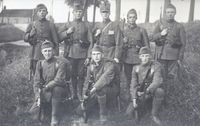
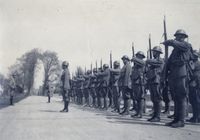
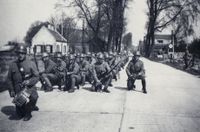


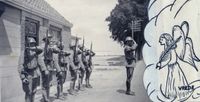


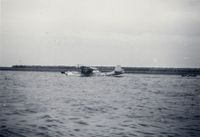
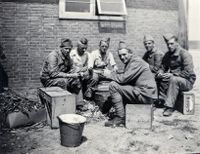
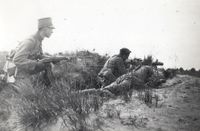

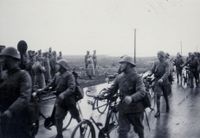

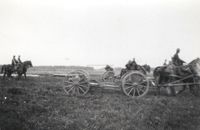
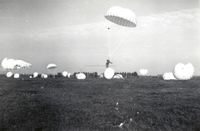


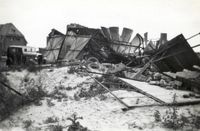
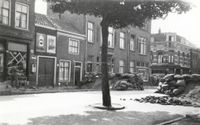
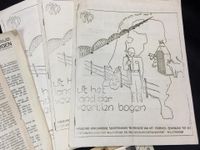
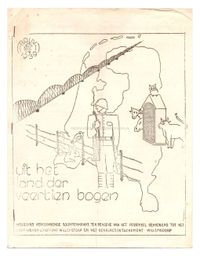
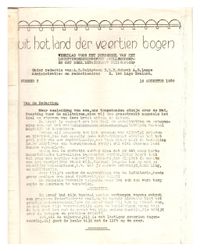
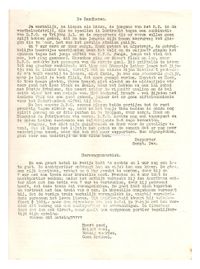
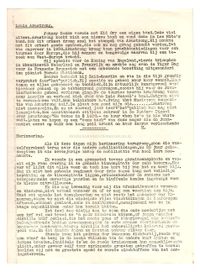
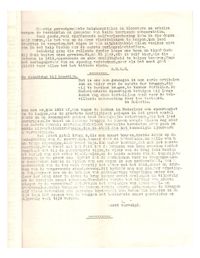
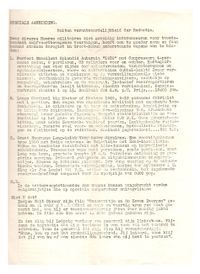
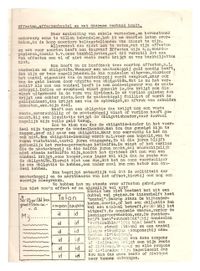
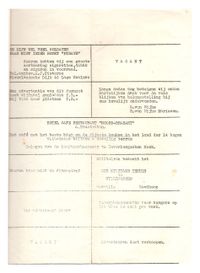
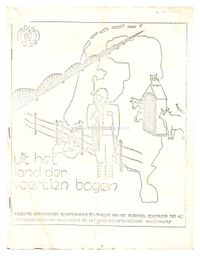
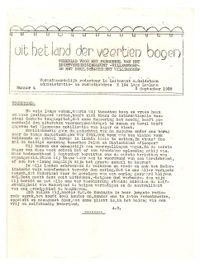

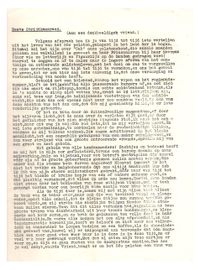

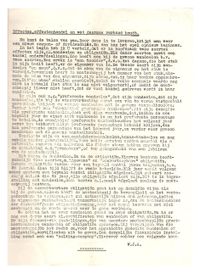
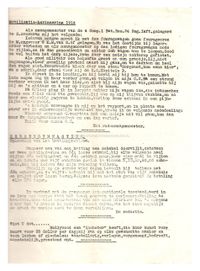
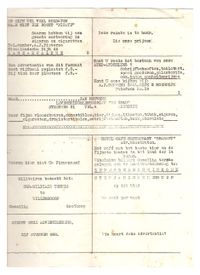
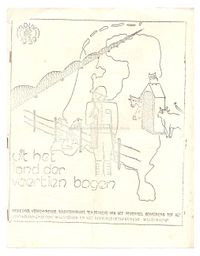
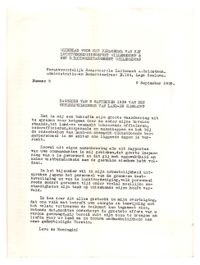

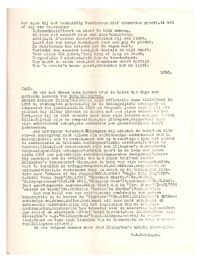
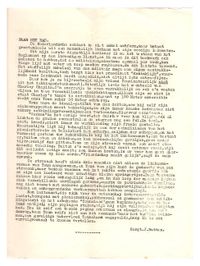


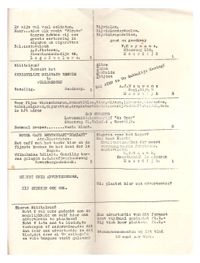
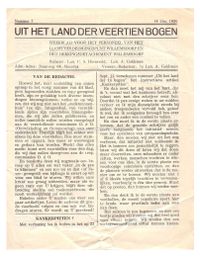

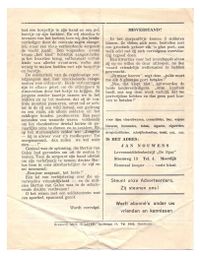
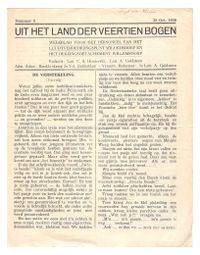




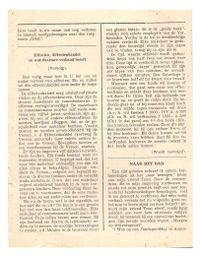

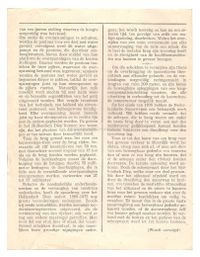

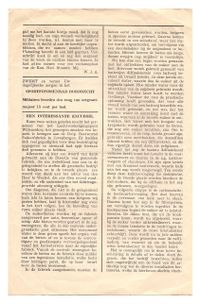
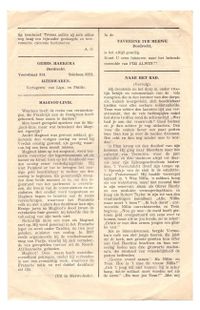

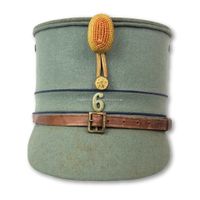
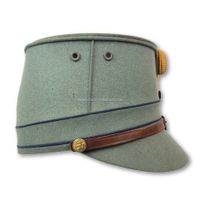
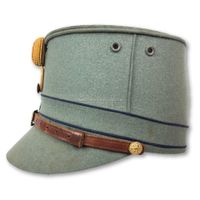


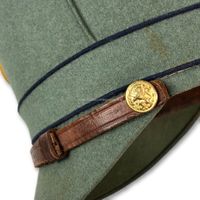
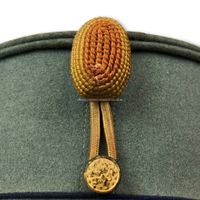
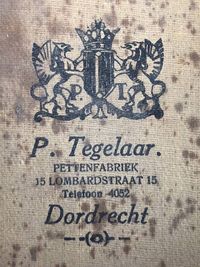

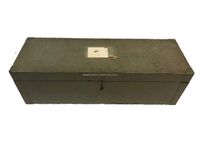
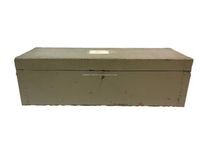
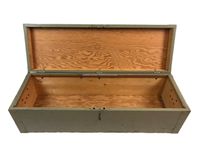

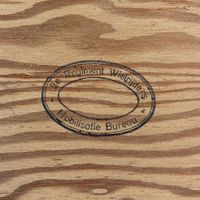
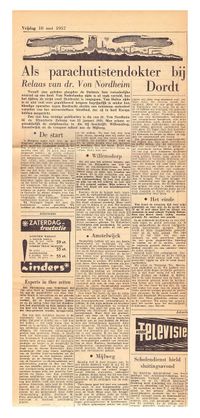
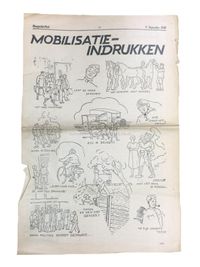

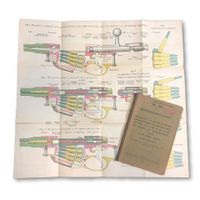


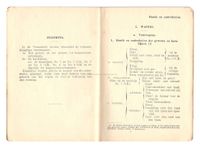

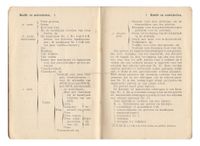

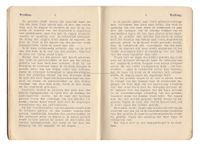
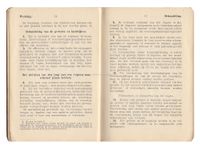
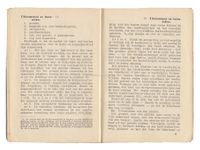

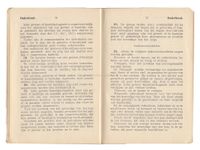
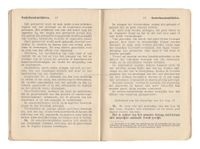
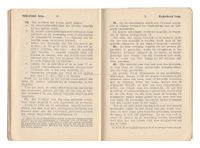


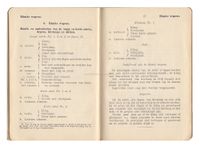


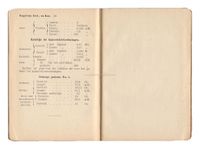


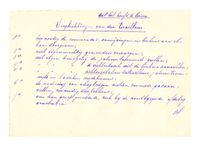


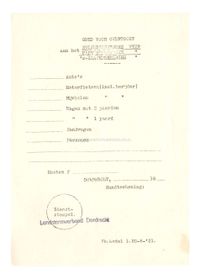
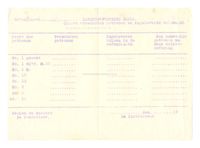
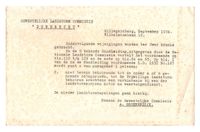
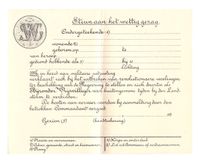
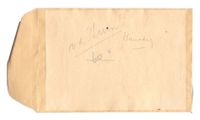

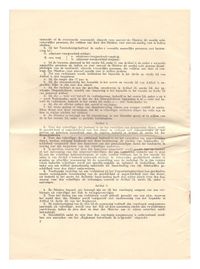
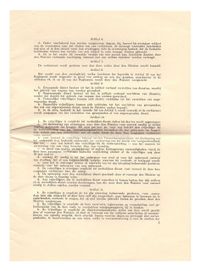
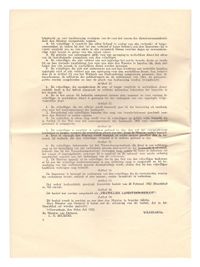

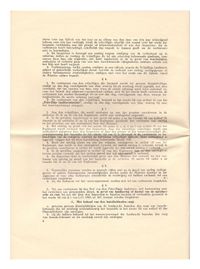

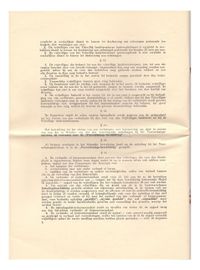
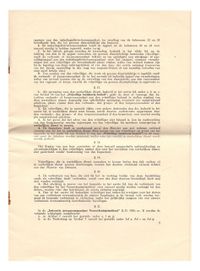
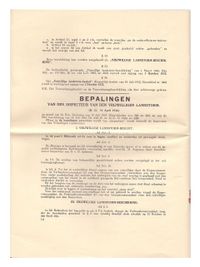

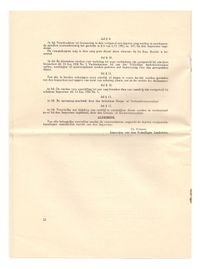
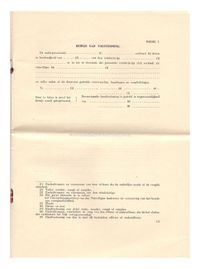
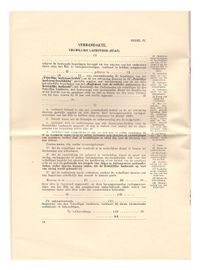
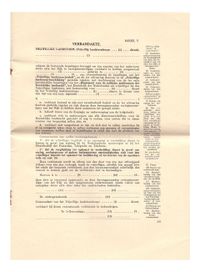
/.VdH%201%20Vrijwillige%20landstorm%20(%20vooroefeningsinstituut)..jpg/picture-200?_=1820ccc6d4a)
/.VdH%202%20Vrijwillige%20landstorm%20(%20vooroefeningsinstituut)..jpg/picture-200?_=1820ccc6b1d)
/.VdH%203%20Vrijwillige%20landstorm%20(%20vooroefeningsinstituut)..jpg/picture-200?_=1820ccc68c8)
/.VdH%204%20Vrijwillige%20landstorm%20(%20vooroefeningsinstituut)..jpg/picture-200?_=1820ccc6662)
